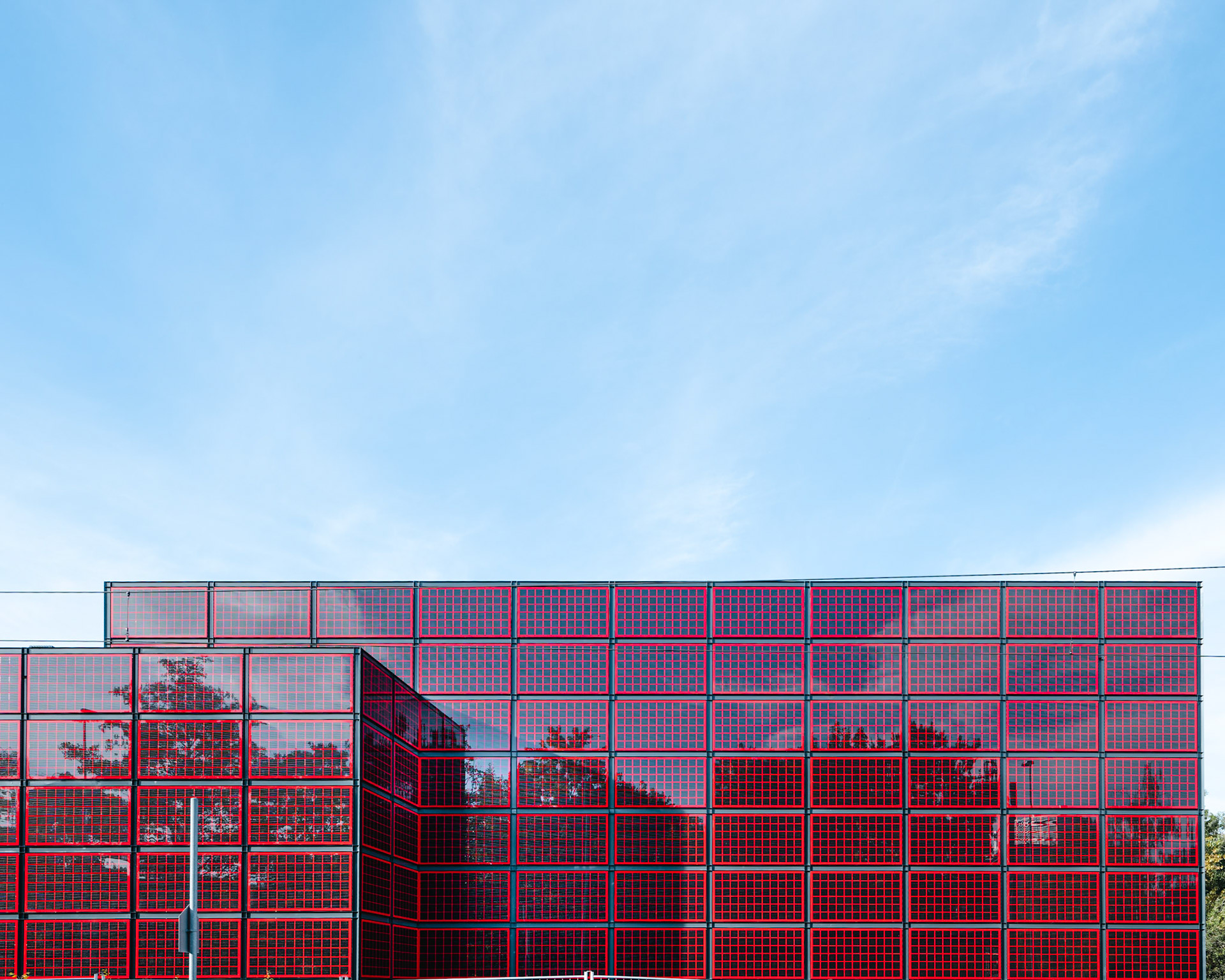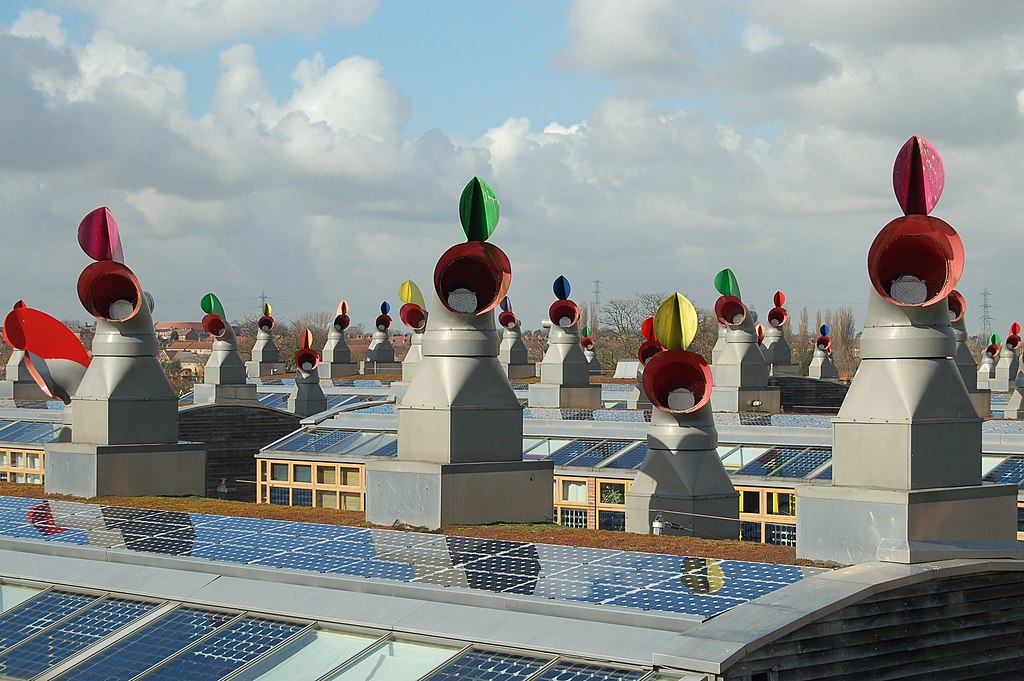The 21st century sees the questioning of a large number of construction solutions from the perspective of sustainability and more particularly the availability of materials and energy. In this context, it seems that a certain number of skills that have proven themselves over centuries or even thousands of years have been quickly sidelined by a current of proud modernity.
Raw earth is clearly one of the construction materials that have been forgotten about in the 20th century. The examples that can be seen daily nevertheless prove its constructive, aesthetic and human value. Earth is a fertile material in all respects. A training recently organised by Terrabloc based in French-speaking Switzerland was the ideal opportunity to be convinced of this. This article aims to share the different aspects highlighted throughout this workshop.
The history of raw earth
Historically, raw earth is in the same category as wood and other plant fibres: the first means used by man to build his home. These materials are so popular that a third of the current world population lives in a raw earth building.

The African continent, South America and Asia - where many sections of the Chinese wall are built with raw earth - are proof that raw earth, as a material, stands the test of time. Much closer to home, there are one million dwellings built with earth in France - i.e. 15% of the metropolitan heritage.

While the basic material is substantially the same around the world, its historical implementations have been adapted to local conditions. As you can see in the diagram below, the approaches are very different depending on the types of land, the complementary organic materials found in the region and the climatic conditions encountered.

Applications/advantages
As we have just seen, earth offers a multitude of different implementations. The two main ones of interest today are rammed earth and compressed earth bricks.
We will not go into details concerning rammed earth in this article, but you should know that this technique consists of building walls that can be load-bearing by pouring and compacting in successive layers a mixture of dampened earth.

So let's move on to compressed earth bricks (CEB). These can take different formats ranging from the 8cm-thick brick partition sheet, comparable to the Alba sheets, to the construction elements of 30cm-thick load-bearing walls, including bricks with dimensions similar to fired earth bricks.

Advantages
The advantages of these products are numerous but the main ones are:
- Low environmental impact
It is a raw material that requires little processing and is abundantly available locally. Embodied energy is therefore very low. - Savings in materials and transport
If site excess earth is used, the energy due to transport is zero. This solves the problem of moving excess earth and storing it in landfill. - Hygrometric regulation and thermal inertia
Earth has the ability to absorb excess humidity in the ambient air and then release it when the air in the room is drier. This contributes to a particularly healthy and breathable indoor climate.
The large mass of earth allows it to accumulate heat during the day in the interior linings to release it at night. This quality makes it a very complementary material to wood in the construction of passive buildings. Indeed the qualities of wood construction are no longer to be demonstrated but the low thermal inertia of wood must be compensated by the addition of mass during interior finishing work. - A healthy and recyclable material
By the absence of synthetic additives, earth bricks contribute to the health of the construction workforce as much as to that of the inhabitants. Moreover, at the end of their life, the bricks can return to the production chain for new bricks or simply back to nature.
Manufacturing
In the advantages of earth, we have seen its low impact on the environment linked to the possibilities of local production. It is also interesting to note that the production tool itself is sustainable because it already exists. Indeed, it is possible to produce compressed earth bricks in most factories producing cement products today. Terrabloc, producing through the Cornaz factory in Allaman (VD) and Sebastian Müller in Rickenbach (LU) factory, is a prime example.

In the context of participatory construction sites or when a high human intensity is desired, it is also possible to manufacture bricks using a hand press while other workers sift the earth by hand.
Implementation
The implementation chapter is relatively brief as the use of CEBs is similar to concrete blocks and terracotta. When designing, however, attention must be paid to certain details specific to earth. Among the most important ones, we will note increased vigilance with regard to humidity issues. In fact, raw earth withstands exposure to rain well when it is used as an exterior facade, but should not be in prolonged contact with water. It is also necessary to take into account certain expansion and slenderness factors when building large monolithic surfaces.
In the future
Sustainable construction and, more directly, raw earth are already very popular, and the future will bring many new developments in this sector. For example in parallel with compressed earth, a process of production of new alveolar bricks in extruded earth is being developed. Like for CEB, the latter can borrow the production tool of the fired alveolar bricks for their manufacture.
The revival of poured earth such as rammed earth is also in its infancy, but a number of promising projects such as Ricola's latest storage building by Herzog & de Meuron are proof of this.
This article therefore remains very superficial as the potential of earth is vast, but you have the possibility of finding more information on the Terrabloc website.
In addition, our workshop is currently working on several projects using raw earth and we will certainly share these achievements with you in the months to come.


